Retro Replay Review
Gameplay
At its core, Zork Trilogy delivers a pure text-adventure experience that harkens back to the golden era of interactive fiction. Players type commands like “go north,” “take lantern,” or “open mailbox,” and the parser brings the underground empire to life with surprisingly vivid descriptions. The learning curve is gentle for newcomers yet deep enough for veterans to appreciate the subtle nuances of Infocom’s robust command interpreter.
(HEY YOU!! We hope you enjoy! We try not to run ads. So basically, this is a very expensive hobby running this site. Please consider joining us for updates, forums, and more. Network w/ us to make some cash or friends while retro gaming, and you can win some free retro games for posting. Okay, carry on 👍)
Each of the three games—Zork I: The Great Underground Empire, Zork II: The Wizard of Frobozz, and Zork III: The Dungeon Master—presents its own set of puzzles, NPC interactions, and secret passages. The puzzles range from logic conundrums and inventory-based riddles to situational traps that require experimentation. Progression feels rewarding, as every successfully solved puzzle unlocks new cavernous corridors, enchanted devices, or cryptic lore.
The inclusion of the Zorkmid Coin as a tangible collectible is more than a gimmick; it’s a nod to the in-game economy and a conversation piece that bridges the digital and the physical. While the trilogy doesn’t feature modern point-and-click mechanics or graphical shortcuts, its streamlined interface and context-aware hints strike a fine balance between challenge and accessibility. For players who relish thoughtful exploration and textual immersion, Zork Trilogy remains unsurpassed.
Graphics
As a text-adventure compilation, Zork Trilogy makes minimal use of traditional graphics. Instead, it relies on richly detailed prose to paint your surroundings: from the mossy arches of a forgotten underground river to the flickering glow of a magic spell. Any visuals are limited to retro-styled title cards or hand-drawn maps included in the digital manual, which only enhances your imagination’s role in the experience.
Though modern gamers accustomed to polygon counts and dynamic lighting may find the lack of visual flair unusual, the design philosophy here champions imagination over pixels. Each description is purposeful, packed with atmospheric clues that guide your decisions. When a room is described as having “a worn tapestry depicting a silver dragon,” you’re instantly immersed without having seen a single 3D model.
For those who prefer a little flair, the package offers beautifully scanned artwork from the original Infocom manuals and packaging. These periodic inserts serve as mood-setters, framing the text in a nostalgic art style that harkens back to early 1980s home computing. Ultimately, Zork Trilogy’s graphics—or intentional lack thereof—becomes part of its charm, reminding players that storytelling can thrive without flashy visuals.
Story
Zork I: The Great Underground Empire introduces you to the timeless mythos of the maze-like dungeons beneath the Great Underground Empire. As an aspiring explorer, you hunt for magical treasures while avoiding hungry grue and other subterranean perils. The story is light on dialogue but heavy on environmental storytelling, leaving you to piece together the lore from item descriptions and room notes.
Zork II: The Wizard of Frobozz builds on the world’s mythology by focusing on the mischievous wizard who once ruled the empire’s corridors. This sequel weaves a darker tone through its rackets of spells and trap-laden chambers, while still retaining the series’ signature humor. Hidden letters, cryptic rhymes, and playful NPC encounters enrich the narrative, making every discovery feel earned.
Zork III: The Dungeon Master rounds out the trilogy with a more introspective storyline, casting you as an apprentice sent on a rite of passage. With a tighter scope and more puzzle-driven structure, this finale emphasizes mastery of game mechanics and the moral choices that define your character. Despite differing themes, all three games share a cohesive voice—witty, mysterious, and endlessly imaginative.
Overall Experience
Playing Zork Trilogy today is like opening a time capsule from the dawn of interactive entertainment. The compilation preserves Infocom’s original code and feel, while modern interfaces make it easier to save, load, and review transcripts of your sessions. Whether you’re dusting off nostalgic memories or forging a first‐time path through the Great Underground Empire, the package caters to both audiences.
The inclusion of the Zorkmid Coin elevates the offering beyond mere software. As a tactile keepsake, it reminds players of the in-game economy’s whimsical gold-coin system and serves as a tangible bridge to Infocom’s classic world. Combined with digital extras—original hint booklets, map scans, and developer notes—the trilogy feels like a definitive archive rather than a simple re-release.
Ultimately, Zork Trilogy stands as a testament to enduring design principles: compelling writing, clever puzzles, and an open world that rewards curiosity. It may lack modern graphics or orchestrated soundtracks, but its richly imagined universe and challenging gameplay hold up remarkably well. For anyone curious about the roots of adventure gaming, this collection is an essential purchase.
 Retro Replay Retro Replay gaming reviews, news, emulation, geek stuff and more!
Retro Replay Retro Replay gaming reviews, news, emulation, geek stuff and more!
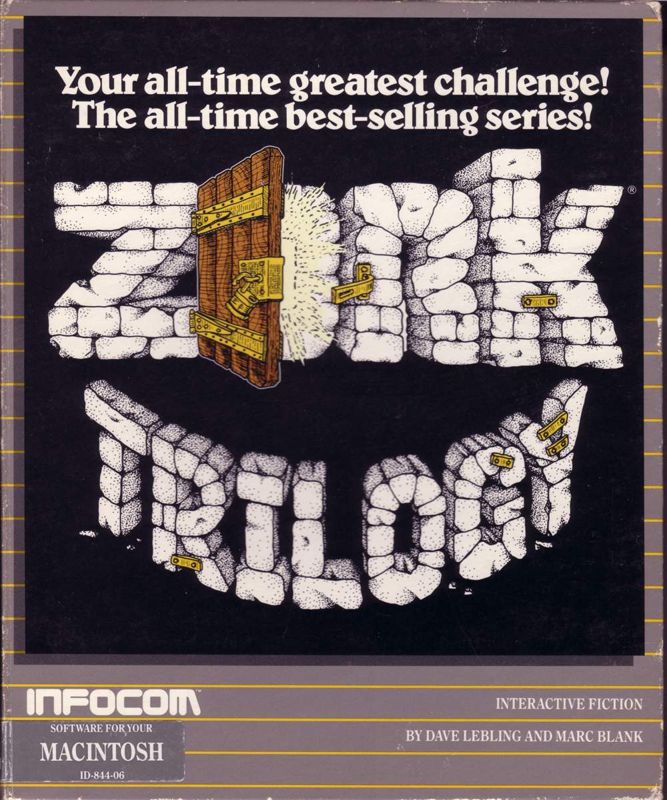
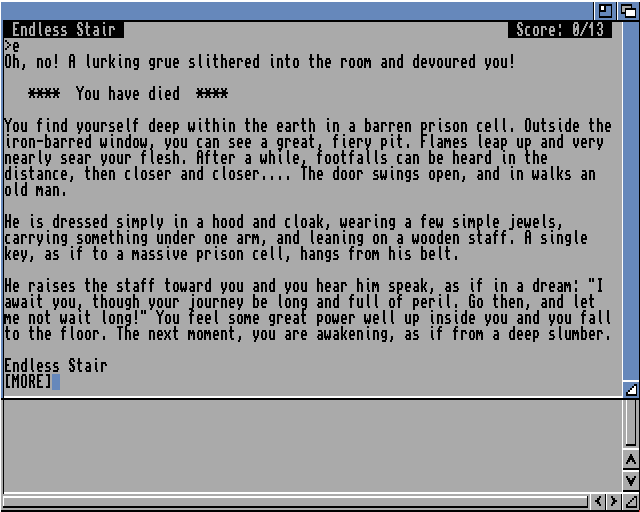
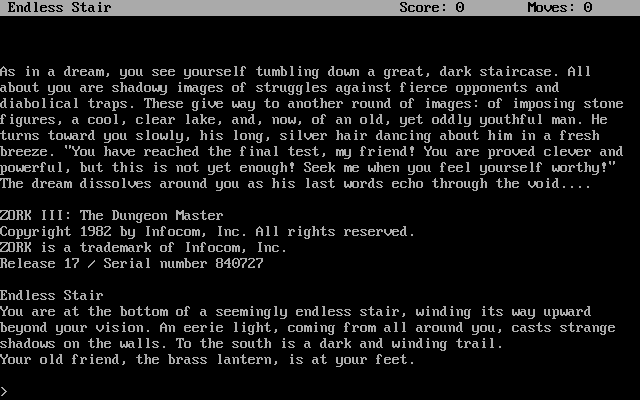
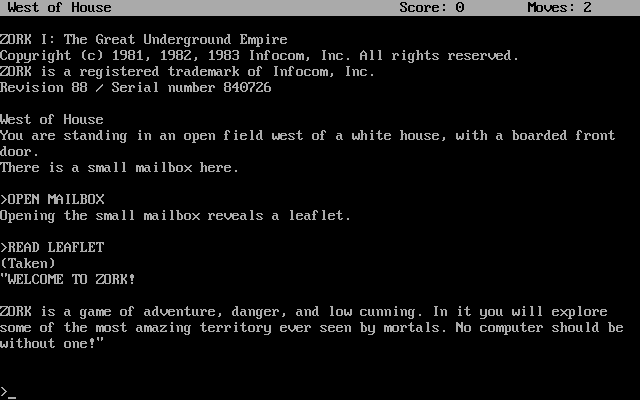
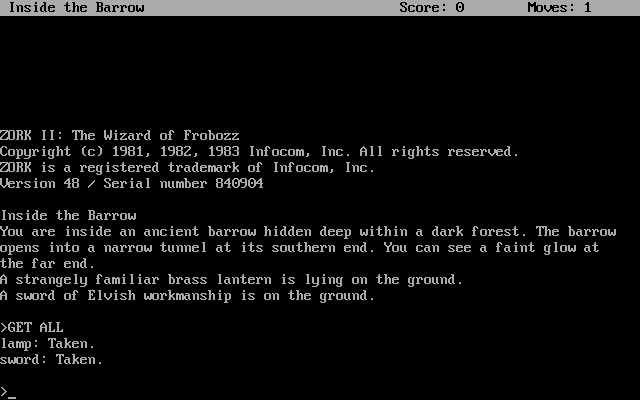
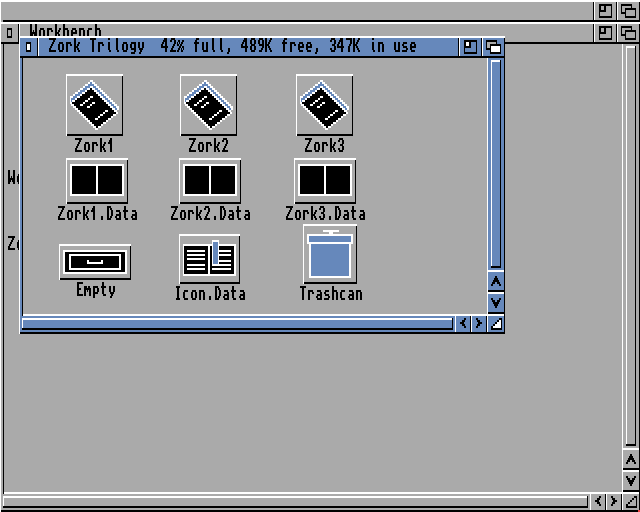

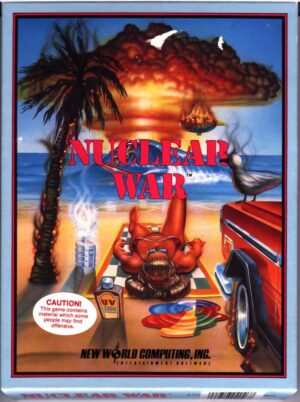

Reviews
There are no reviews yet.